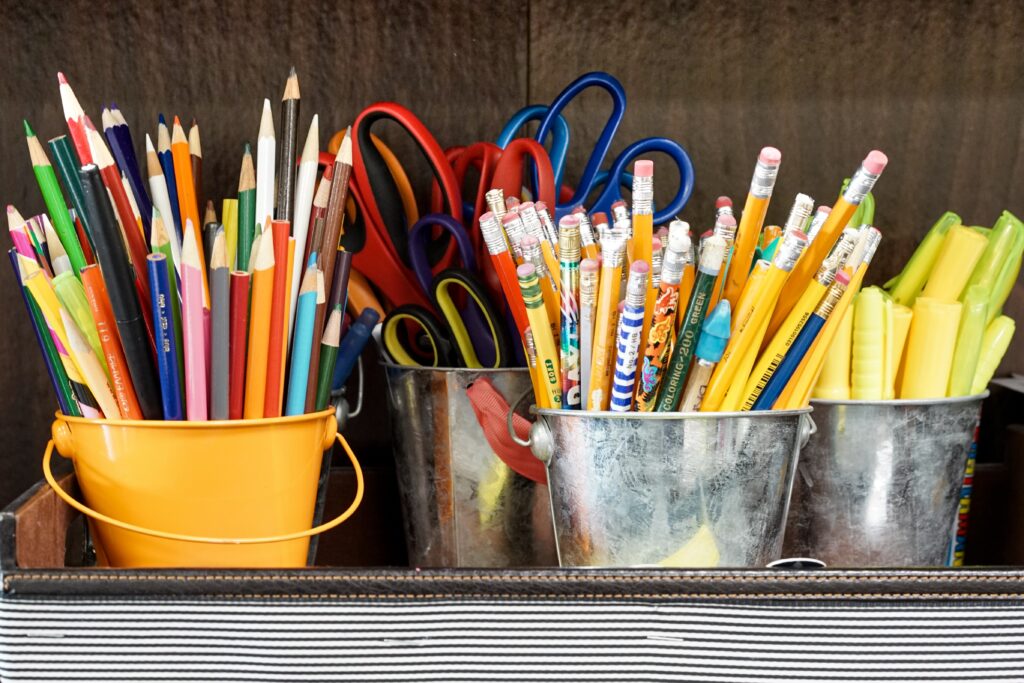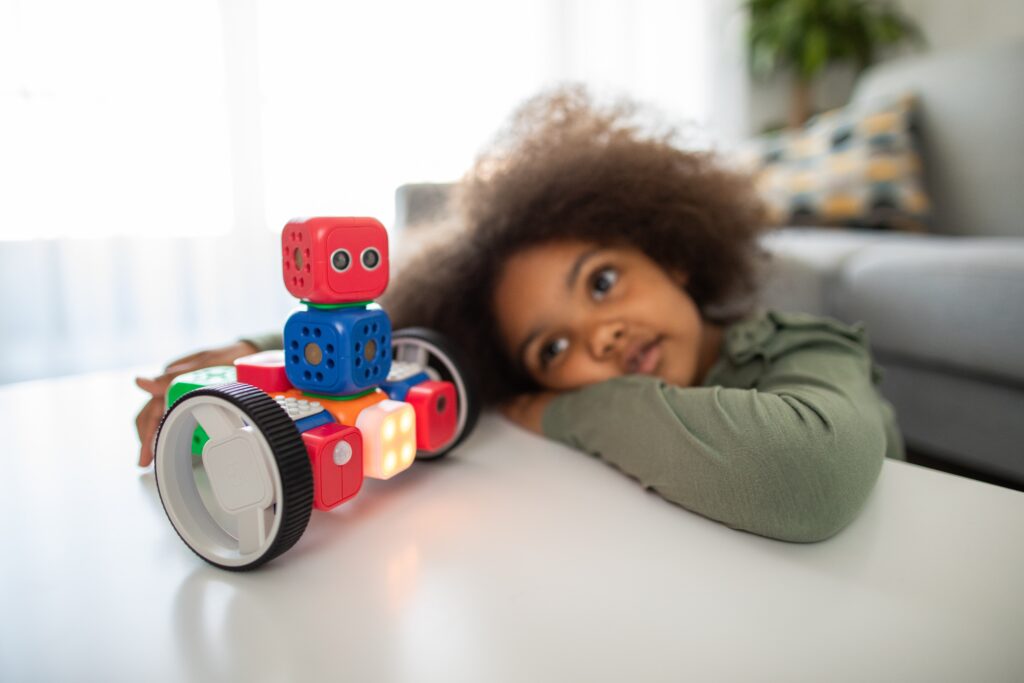May people said that reading comprehension for kids is very difficult. Why? Due to the lack of reading comprehension ability, many children feel very difficult and unable to start when writing essays or doing reading questions.
So how to improve children’s reading comprehension ability? Understand the reading characteristics of primary school students
01,
Reading purpose is not strong
Many elementary school students believe that extracurricular reading is to complete the tasks assigned by their parents and teachers. The so-called classics and novels only choose chapters with strong stories or interleaved pages to read. (If you want to know more about Chinese, please feel free to click here!)
More than half of the students do not consider the characters in novels or classics. What is the meaning of society? There are fewer students who take reading notes.
02,
Read more pictures than text
According to surveys by authoritative organizations, nearly 30% of primary school students like comics, and only 20% of primary school students are willing to read books that are “full of text”.

This result explains well the reason why the four major classics of “vernacular version” and “picture version” are selling well in the market. When students read, whether they emphasize the text or the pictures, they should be analyzed with a rational eye.
03,
Why reading comprehension for kids is hard? Not enough time to read
From the end of primary school to the time before going to bed at night, primary school students spend about 4 hours at their disposal, but 26% of families watch TV (including surfing the Internet) for more than 2 hours.
If the time for dinner is deducted, it is estimated that many children have no time to read. It is hoped that this issue can attract the attention of parents.
04,
The source of extracurricular books is relatively single
The survey found that although 40% of families have more than 50 books in their collection, the source is very single. Parents bought 67%, and 13% were borrowed from relatives or classmates.
This shows that whether it is the school or the society, the book resources available to primary school students are very limited. If the resources are more abundant and the procedure of borrowing books is simplified, it may increase the reading volume of primary school students.
Understanding the Requirements for Teaching Reading in Primary Schools
Reading ability refers to the child’s ability to understand books and newspapers. Requirements vary for different grade groups.
In the primary school stage, children should be trained to have preliminary reading ability and be able to read relatively simple books and newspapers suitable for age characteristics.
Reading ability is a comprehensive ability. The reading ability of elementary school students mainly refers to the ability to read and understand the content of ideas.
Specifically manifested in the following aspects:
- Ability to read and understand text. Be able to read, write, and use
2.The ability to understand the content of thought, the ability to understand words, sentences, and texts.
Require children not only to understand the meaning of the words and sentences in the article, but also to divide the paragraph levels, and to summarize the meaning and central idea of the paragraph, and have the ability of preliminary analysis and generalization;
- Able to read the text aloud correctly, fluently and emotionally, and then more skillfully silently read the text;
- Ability to use reference books. If you encounter unfamiliar words or meanings when reading, you can solve them yourself by consulting dictionaries, dictionaries, etc.
Children must develop good reading habits from an early age. When reading, they must read, think, and outline.
Good habits can benefit children for life, and bad habits may harm them for life. Therefore, we must attach great importance to the cultivation of good reading habits in children.
Ways to guide children in reading texts
The British biologist Darwin said: “The most valuable thing is the knowledge about the method.”
The child has mastered the method, just like getting a “golden key” to open the treasure house of knowledge, which can be used for life. Therefore, parents should pay attention to teaching children how to read while reading.

When children get an article, they often feel that they have no way to start, and they think that they have finished reading after a cursory reading. This kind of reading is ineffective and cannot improve their reading ability as soon as possible. So, how to guide children to read a text?
The first step is to let the children recognize and read the text, read it two or three times, and understand the general idea of the article as a whole. For unfamiliar words and words, parents should urge their children to solve them by looking them up in the dictionary.
The second step is to let the children read the text carefully. Through the children’s own brains, mouth, and hands, they can understand the content of the text, try to divide the text into paragraphs, and summarize the meaning of the paragraph.
The third step is to let the children read the text intensively. On the basis of understanding the content of the text, you can determine the key paragraphs, focus on understanding, extracting from them, and come up with the central idea of the article.
The fourth step allows children to answer the questions at the end of the book, write preview notes, and have their own evaluation of the article. After reading the text, you can ask questions that you don’t understand, and ask the teacher and others.
Through the above process, children will understand that to read an article, they must not only read through the sentences, but also understand what the article is about, how it is written, and why it is written in this way, so as to cultivate children’s ability to analyze and generalize.
Cultivate the habit of reading more, thinking more, and writing diligently
Children should develop the reading habit of reading more, thinking more, and writing diligently from an early age. The content of the article is expressed through language and characters.
Only through reading can the silent language be turned into a sound language, and the characters and stories described in the language can be expressed. Learning is expensive and doubtful, and thinking always starts with questions.
Only when children have doubts in their studies can they have a strong desire to actively explore and solve problem – reading comprehension for kids. Parents should be enthusiastic about this.
For example: After learning the text “A Parachute”, the child asks, why did Premier Zhou give up his umbrella bag to others? This question is the center of this text.
After solving this problem, we have grasped the center of this article——at the critical moment when the plane was in danger, Premier Zhou gave up the hope of life to others and left the danger of death to himself.
This kind of positive thinking not only masters the content of the text, but also understands the author’s expression method. Frequently guiding your child to read in this way will help improve his reading ability.
Parents should set an example
There is a story that in a Jewish home, when a child is a little sensible, the mother will open the Bible, drop a little honey on it, and then ask the child to kiss the honey on the Bible. Let children feel the sweetness of books and the beauty of reading from an early age!
Israel surpasses any other country in the world in terms of per capita ownership of books and publishing houses and per capita reading per capita. So far, there have been more than 130 Jewish Nobel laureates.
Although it is hard to judge the connection between winning the Nobel Prize and studying in childhood simply by using this example, in real life, many families have not formed a good reading atmosphere.
After the parents pick up their children home, they lie down in front of the computer and TV, or play with their mobile phones on the sofa, but ask their children to read famous books. This situation exists in many families.
Some people think that the national reading plan should be implemented, just like the implementation of nine-year compulsory education. The plan is beautiful and long-term.
For now, the most urgent task facing parents is to cultivate children’s reading habits through their own words and deeds. In terms of education for the next generation, I believe most people don’t want to hear “haven’t read” and “lack of education”. Wait for similar reviews?
In fact, it doesn’t matter if adults don’t like to read literature books, history books, psychological books and other books with serious topics. There are also relaxing travel books and gourmet books to read.
You can also explore books about reading comprehension for kids, which cultivate logical thinking with your children. Opening books is beneficial. Just give yourself some time to start reading and the fun will spring up on its own.

